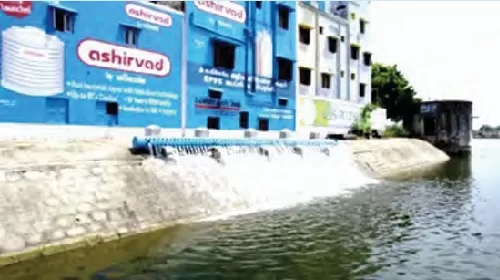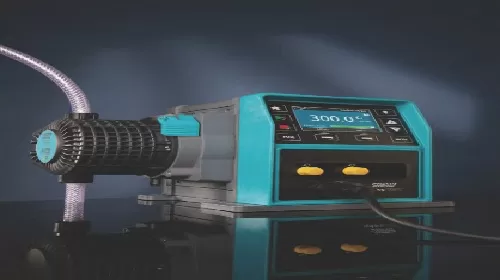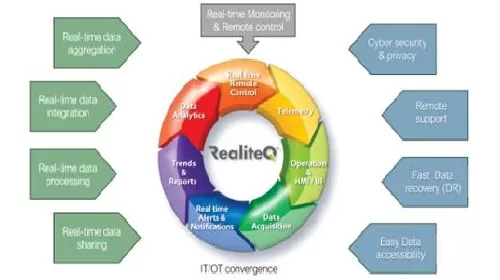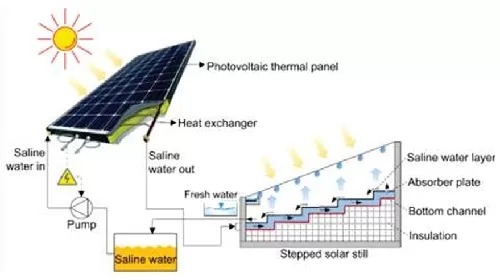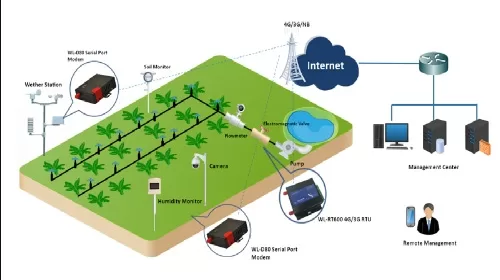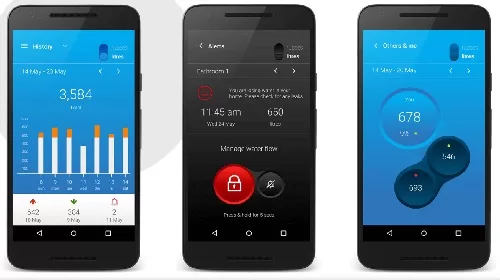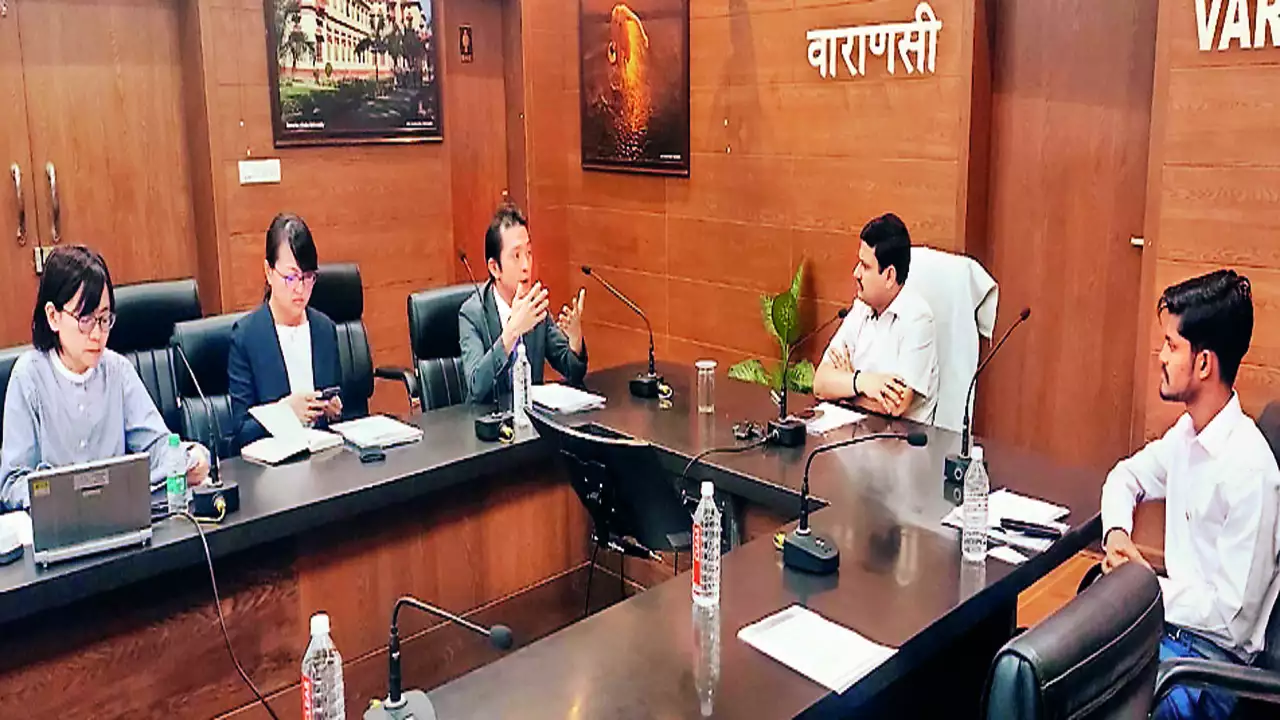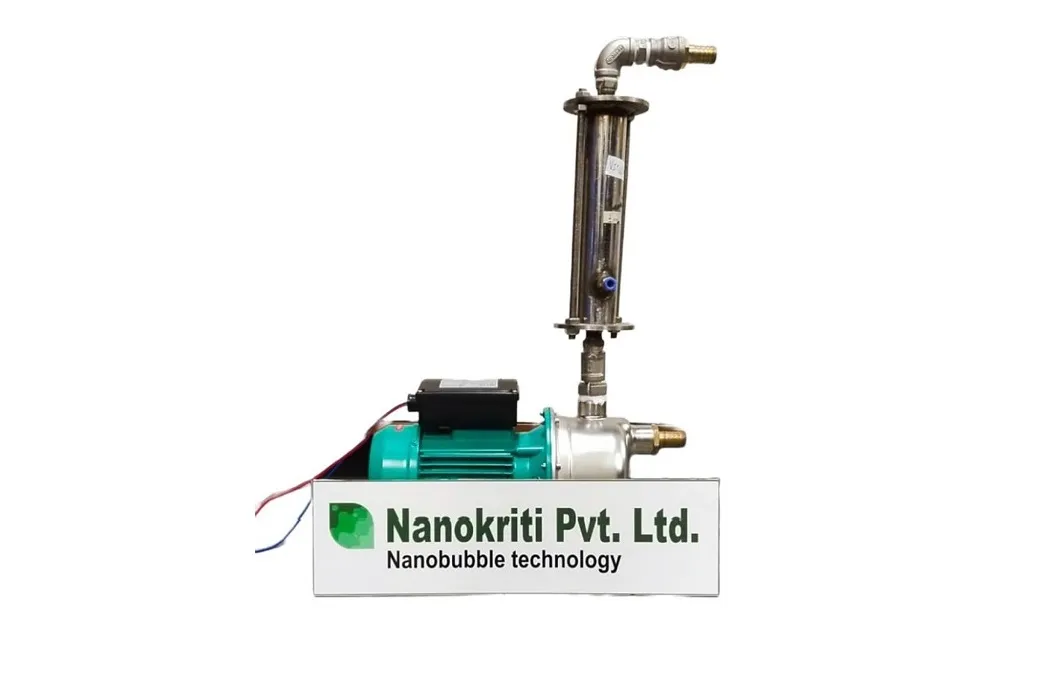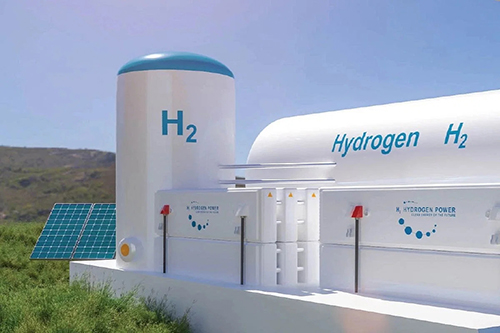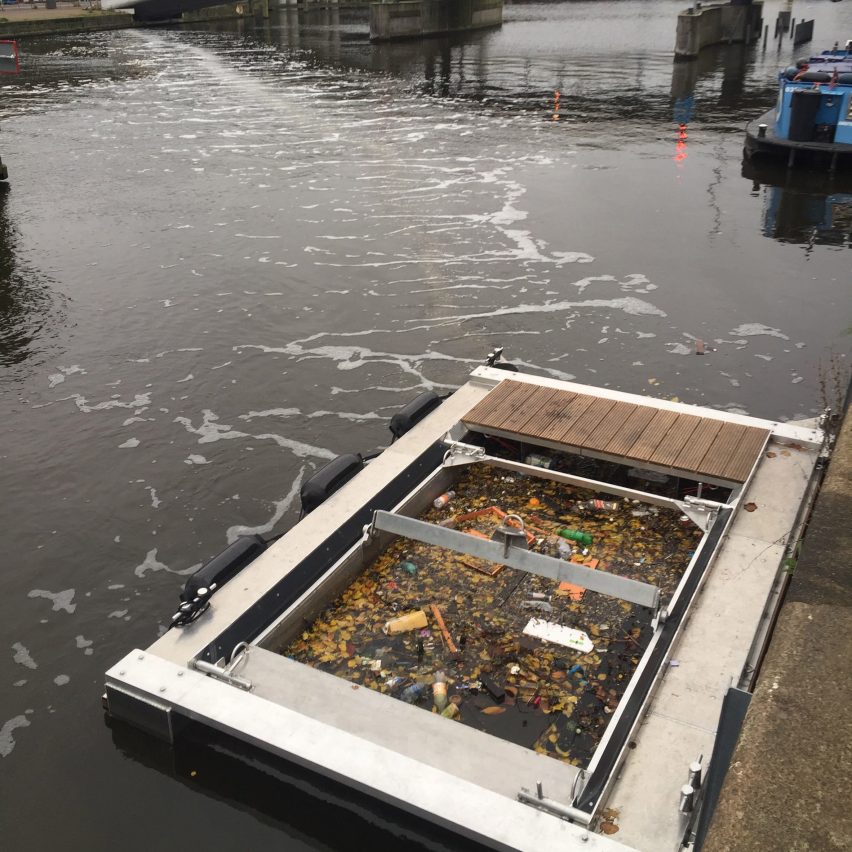Abstract The water need of Chennai Metropolitan Water Supply and Sewerage Board (CMWSSB) to fully serve the said area by 2026 is 2248 million liters per day (MLD) whereas the maximum potential from surface water, ground water and sea water desalination (SWRO of 200 MLD) is only 1954 MLD. The cost of SWRO water is about Rs 55 per Kiloliter (Kl) whereas the tariff for public is just about Rs. 5 per Kl by Government subsidy which cannot be sustained for long. Out of 1810 MLD, 837 MLD is from…
Read MoreTag: technology
Qdos CWT chemical metering pump doses chlorine without fail for over 15,000 hours at Ergon INC.
• A Qdos CWT (Conveying Wave Technology™) chemical metering pump is dosing chlorine at Ergon – West Virginia Inc.’s crude oil refinery in Newell • Ergon has switched to Qdos CWT for its reliability and longer life to dose chlorine • Diaphragm pumps lasted eight to ten months on average for Ergon, but the Qdos CWT had a life of more than 21 months (equivalent to 15,000 hours) A Qdos CWT (Conveying Wave Technology™) chemical metering pump ran for over 21 months dosing chlorine at Ergon – West Virginia Inc.’s…
Read MoreDigital transformation in water utility
Background: Many water utilities around the world have been suffering for years from underinvestment, alongside significant deterioration of the water system due to aging infrastructure and inadequate maintenance. Today, water utilities face additional challenges, such as increased water consumption coupled with a decrease in water sources due to extreme climatic events, pollution, and inefficient management of existing systems. Additionally, there is a need to enhance control and monitoring of all water systems to ensure a continuous supply of safe drinking water to the entire population. This challenge is even greater…
Read MoreRecent technologies for desalination of water
Water is often taken for granted, yet for many around the globe, it is a precious and increasingly scarce resource. As populations grow and climate change disrupts traditional water cycles, the availability of fresh water is becoming a critical concern. The World Health Organization reports that over 2 billion people live in countries experiencing high water stress. In response, the world is turning to the ocean, which covers over 70% of our planet, as a vast and largely untapped source of fresh water through the process of desalination. Desalination, the…
Read MoreUrgency meets innovation: Tech’s role in resolving water crisis
As you leaf through today’s newspaper, the resounding message is crystal clear: we’re facing a dire water crisis, and the urgency to address it is palpable as time ticks away. India grew from merely 51 million tons (Mt) of food grain production in 1950/51 to over 314 Mt in 2022- a sixfold increase in production. What led to this remarkable outcome was the shift to science-led agricultural development, planner’s vigour and the dedicated effort of millions of farmers. This transformed India from an acutely food-scarce and food shortage nation to…
Read MoreUnlocking the potential of digital water and monitoring in water management
Introduction: India faces a pressing urban water crisis that requires immediate attention. According to a study, the top 24 cities in India, with a combined population of nearly 200 million, generate a daily demand of 30,000 million liters of water, based on an average consumption of 150 liters per person. This figure excludes additional demand from commercial and other sectors. Unlike electricity, most people are unaware of how much water they use. Can we continue to take this natural resource for granted indefinitely? Can we reduce urban migration driven by…
Read MoreWays for solid waste management and sanitation to be suggested by JICA to the VMC
To tackle challenges of increasing solid waste, the Japan International Cooperation Agency will suggest ways of waste management to the Varanasi Municipal Corporation based on the best practices followed in Japan as the per day average of solid waste generation of Varanasi has gone up to 700 metric ton as apart from locals a huge floating population of pilgrims and tourists are also contributing in waste generation. To discuss solid waste management, waste water treatment and recycling and drinking water distribution system with new revenue generation model, a joint coordination…
Read MoreIndian researchers develop tech to cut water use in textiles by 90%
The Indian Institute of Technology (IIT), Ropar has developed a green technology called air nano-bubble, which reduces the quantity of water used in the textile sector. The institute has claimed that the technology can reduce the use of water up to 90 per cent. As per a rough estimate, 200-250 litres of water is required to process 1 kg of cotton. “The laboratory reports suggest that the air nano-bubble dispersed in water can reduce water consumption and chemical dosage by 90-95 per cent which ultimately saves 90 per cent of…
Read MorePMC To Set Up India’s First Waste-To-Hydrogen Plant in Pune
Pune Municipal Corporation has roped in a private firm The Green Billions Ltd (TGBL), who will set up this plant. The sustainability solutions provider TGBL has entered into a 30-year-long agreement with PMC. TGBL chairman and founder Prateek Kanakia said that this is India’s first attempt to extract hydrogen from waste. By the next year, the plant will treat 350 tonnes of solid garbage every day. “Our plan is to produce 10 tonnes of hydrogen daily from 350 tonnes of solid waste. We are setting up the plant at Hadapsar Industrial…
Read MoreJapanese Technology to Curb River Pollution
A recent study by the Central Pollution Control Board (CPCB) has revealed that nine river stretches in the state of Uttarakhand are among the most polluted stretches of the river in the entire country. Taking note of this report the State Government plans to make use of technology from Japan to treat sewage, especially from habitations along the river, before it meets the main channel.
Read More
